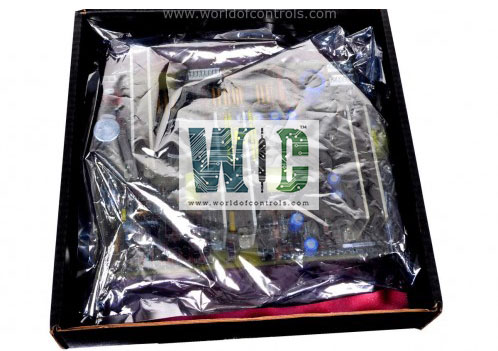
World Of Controls understands the criticality of your requirement and works towards reducing the lead time as much as possible.
DS200SNPAH1ABA - Protocol Interface Daughterboard is available in stock which ships the same day.
DS200SNPAH1ABA - Protocol Interface Daughterboard comes in UNUSED as well as REBUILT condition.
To avail our best deals for DS200SNPAH1ABA - Protocol Interface Daughterboard, contact us and we will get back to you within 24 hours.
Part No.: DS200SNPAH1ABA
Manufacturer: General Electric
Country of Manufacture: United States of America (USA)
Product Type: Protocol Interface Daughterboard
Availability: In Stock
Series: Mark V
DS200SNPAH1ABA is a Protocol Interface Daughterboard developed by GE. It is a part of the Mark V control system. The DSPC board serves as the motherboard for the boards.It is designed to facilitate serial communication between the DSPC board and a Series 90-30 Programmable Logic Controller (PLC). The model is configured with the control cabinet as well. The LCI with Innovation Series Controller is vastly different from the PLC-based LCI Controller as it diminished the need for this controller. This model will under no circumstances be used with the LCIs within the Innovation Series Controllers.
The SNPA board has two protocol selection settings:
The WOC team is always available to help you with your Mark V requirements. For more information, please contact WOC.
What is DS200SNPAH1ABA?
It is a Protocol Interface Daughterboard developed by GE under the Mark V series.
What communication protocols does the board support?
It supports two communication protocols- RS-232C for short-distance data exchange and isolated RS-485 for robust, long-distance communication.
What is the Series Ninety Protocol (SNP)?
The Series Ninety Protocol (SNP) is a communication protocol specifically designed for Series 90-30 PLCs. It ensures efficient and reliable data exchange between the board and the PLC.
How is the board mounted and configured?
It is mounted in a VMEbus rack alongside the DSPC board and the Analog-to-Digital Module. It is configured within the control cabinet to provide seamless communication and control capabilities.